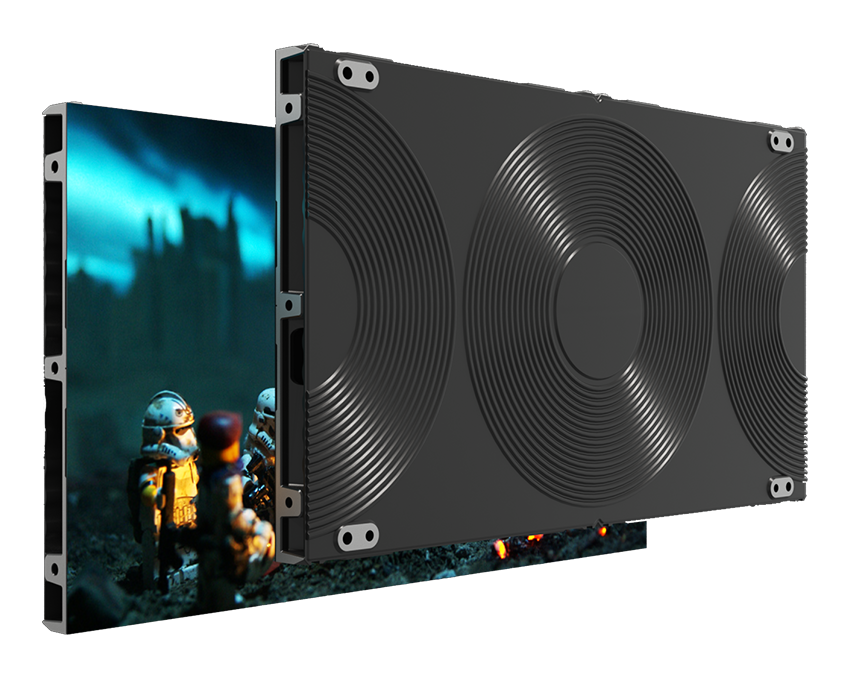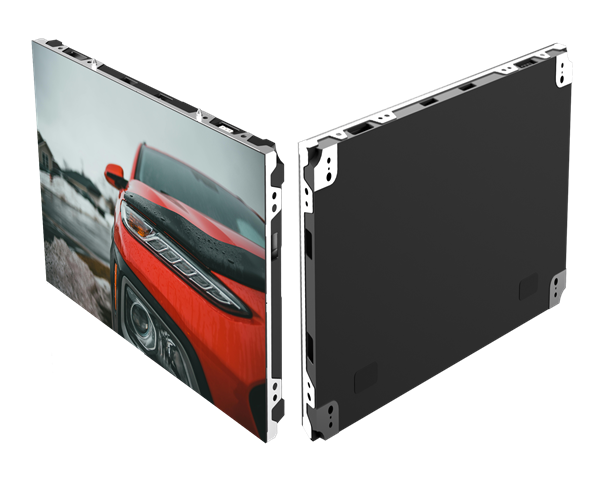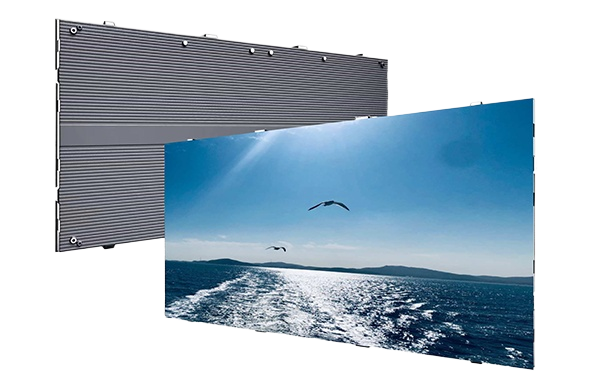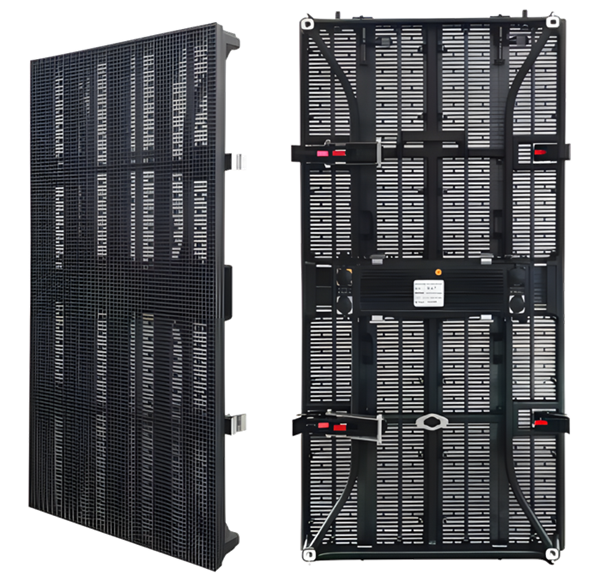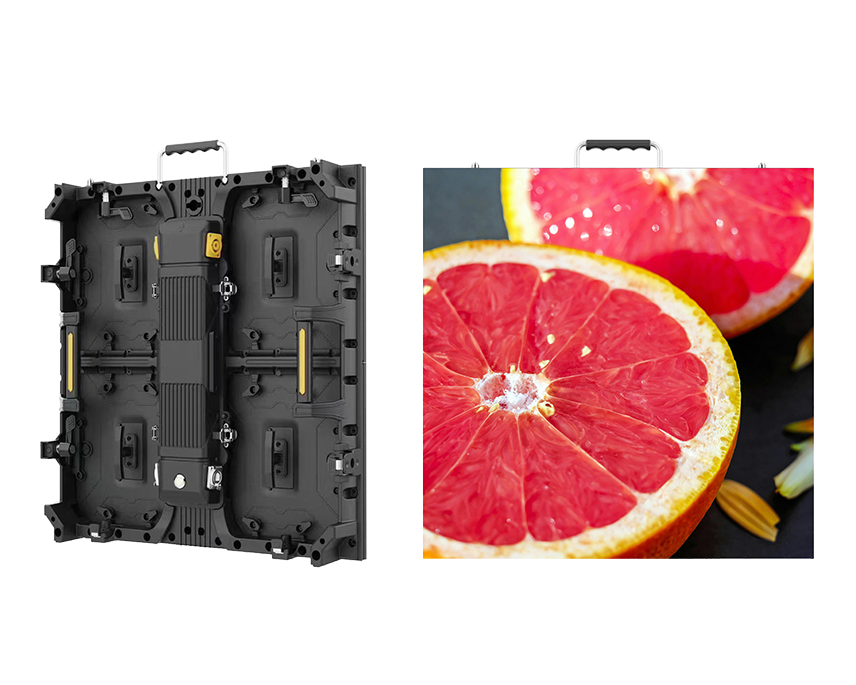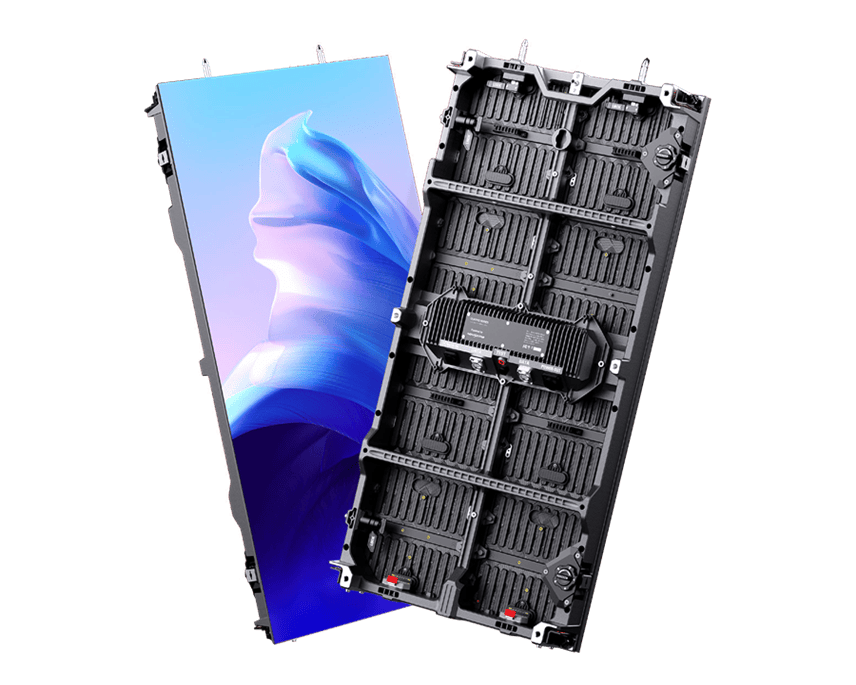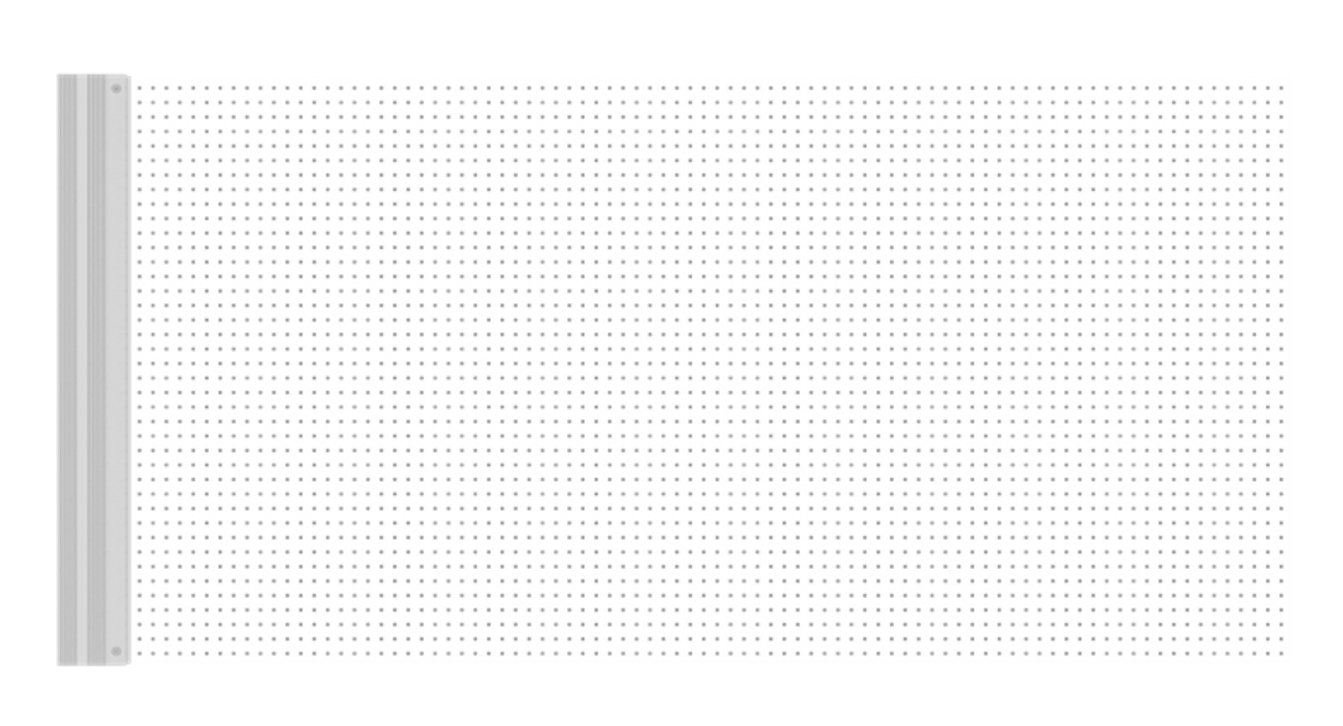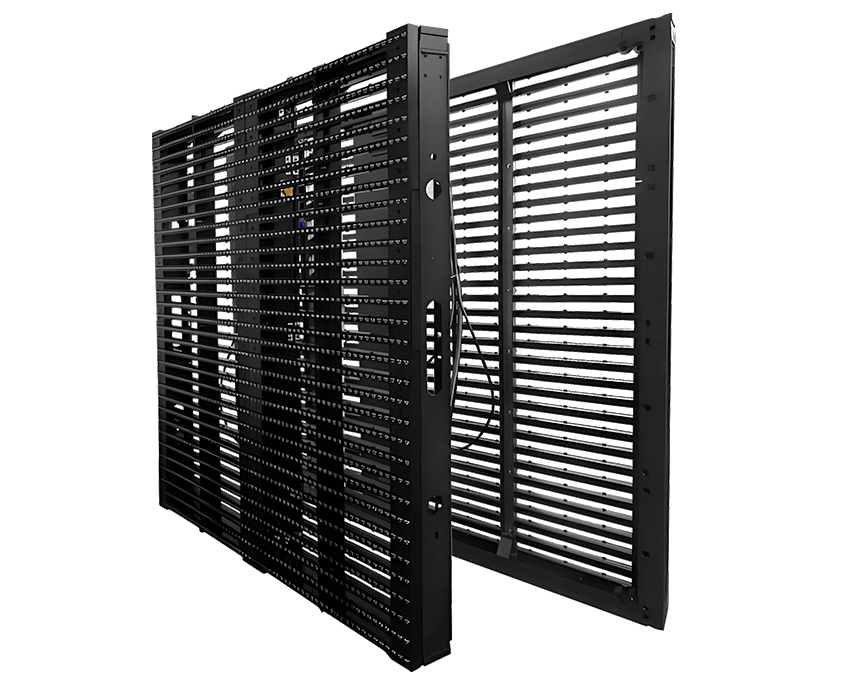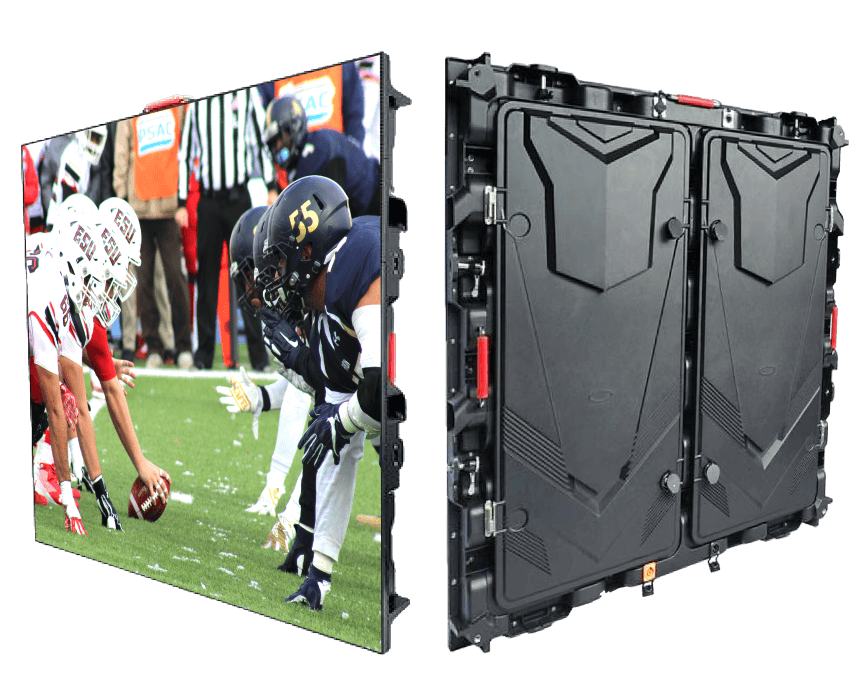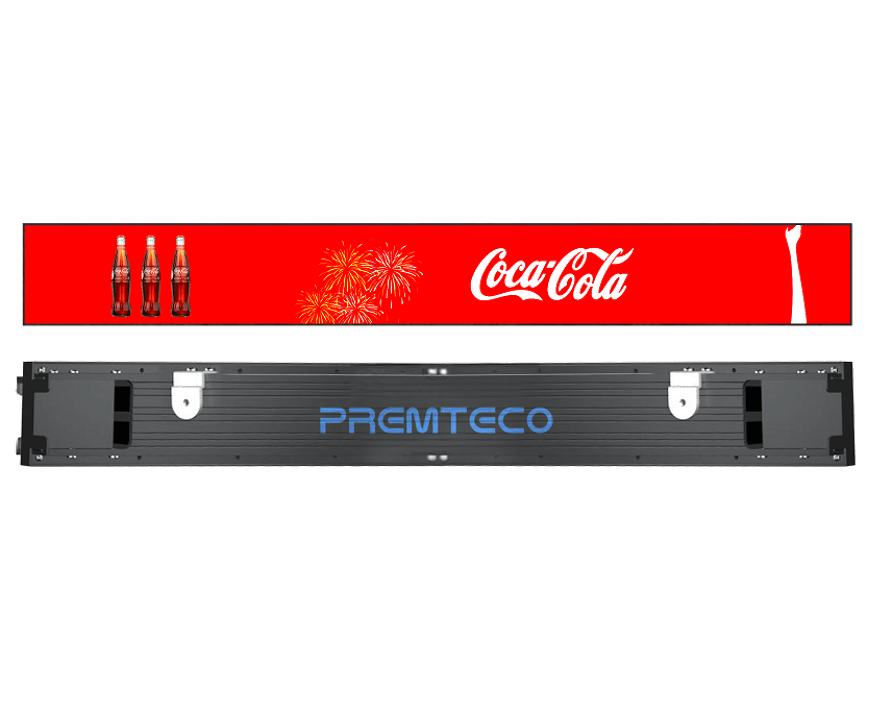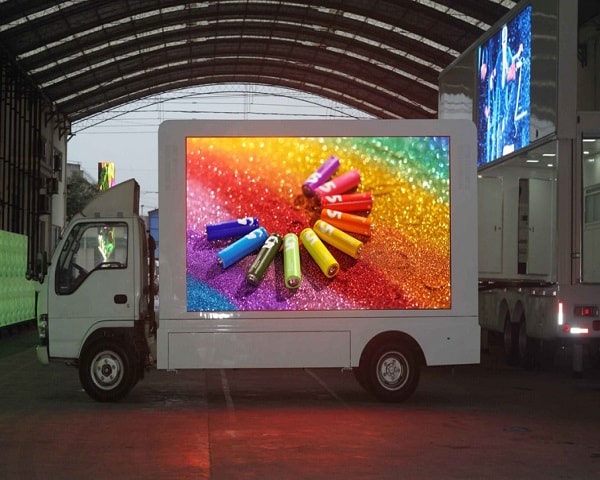LED displays, particularly those using Surface Mount Device (SMD) technology, have emerged as a popular choice for various applications due to their high efficiency, compact size, and low power consumption. This article will delve into the details of how SMD LED displays work , their advantages, and the future prospects of this technology.

What is SMD LED Display
SMD LED display refers to a type of LED display technology that utilizes Surface-Mount Device (SMD) LEDs. Surface-mount technology involves mounting electronic components directly onto the surface of a printed circuit board (PCB), as opposed to through-hole technology where components have leads that go through holes in the board.
LED screens are often required to be compact and lightweight, and SMD technology allows for the integration of a large number of components onto a small PCB. This not only enables the creation of high-density, small-sized LED screens but also allows for the addition of more functionality, making the LED screens more efficient and cost-effective.
How SMD LED Displays Work
How SMD LED displays work involves the use of LEDs, which are semiconductor devices that emit light when electricity is passed through them. In an SMD LED display, these LEDs are arranged in a matrix, with each LED corresponding to a pixel in the display. The color of each pixel is controlled by a combination of red, green and blue (RGB) LEDs, which allows the display to replicate a wide range of colors.
The working principle of SMD LED display can be understood through the following steps:
-
The basis of SMD LED display is LED, which is light-emitting diode. An LED is a semiconductor device that emits light when electric current passes through it.
-
In SMD LED displays, these LEDs are arranged in a matrix. This means that each pixel in the display corresponds to an LED in the matrix.
-
The color of each pixel is controlled by a combination of red, green and blue (RGB) LEDs. This means that we can change the color of each pixel by changing the brightness of these three color LEDs. For example, we can make a pixel appear yellow by increasing the brightness of the red and green LEDs while decreasing the brightness of the blue LED.
In this way, SMD LED displays can replicate a wide range of colors. This is because we can generate any color of light by changing the brightness of the RGB LED. For example, we can generate red light, green light, and blue light, and then mix these lights together to create white light.
Advantages of SMD LED Displays
There are several advantages to using SMD LED displays, including:
Efficiency
SMD LEDs are more energy-efficient than traditional LED displays. One of the greatest advantages of SMD LED displays is their energy efficiency. Traditional lighting methods can consume a significant amount of energy, leading to high energy costs and environmental concerns. In contrast, SMD LED displays consume far less energy, making them a more sustainable choice. This energy efficiency extends to other aspects as well, such as heat generation. LEDs produce less heat than traditional lighting methods, reducing the need for cooling systems and further enhancing efficiency, making them an excellent choice for applications where energy conservation is a priority.
Compact Size
SMD LED displays are also known for their compact size. The small size of the individual LEDs allows for a thin and lightweight display, which can be particularly beneficial in portable devices.
This compactness also allows for more efficient use of space within the display, as there is less need for physical components such as bulbs or reflectors. This results in a more streamlined design, which can contribute to the overall aesthetic appeal of the display.
Long Lifespan
The long lifespan of SMD LED displays is another major advantage. Unlike incandescent bulbs or CCFLs, which can fail after only a few thousand hours, the typical lifespan of an LED is over 50,000 hours.
This means that, in many cases, the backlighting of a device will be the only component to wear out over its lifetime. By choosing SMD LED displays, you can significantly extend the lifespan of your device, reducing the need for frequent replacements and potential repair costs.
Brightness
SMD LED displays offer high brightness and contrast levels, This is due to the fact that LEDs can be designed to emit light at nearly 100% efficiency. This is significantly higher than the 20-30% efficiency of incandescent bulbs or CCFLs.
The high brightness of SMD LED displays also allows for thinner and more flexible displays, as the backlighting does not need to be as bright to achieve the same level of visibility. This can result in a more comfortable viewing experience, especially in brightly lit environments.
Versatility and Design Flexibility
SMD LED displays offer a high degree of design flexibility. Because they are surface-mounted, they can be easily integrated into various designs, including thin and flat designs. This versatility makes SMD LED displays ideal for use in a wide range of applications, from smartphones to televisions.
The Applications of SMD LED Displays
SMD LED displays have a wide range of applications:
-
Mobile Devices: The small size and light weight of SMD LEDs make them ideal for use in mobile devices. They can be used in the backlighting of smartphones, tablets, and other portable devices, providing a bright and clear display.
-
Wearable Technology: SMD LEDs can also be used in wearable technology, such as smartwatches and fitness trackers. Their light weight and energy efficiency make them suitable for long-term use on the body.
-
Indoor and Outdoor Advertising: SMD LED displays can be used in indoor and outdoor advertising. Their high brightness and color gamut make them ideal for creating eye-catching and informative advertisements.
-
Signage and Indicator Lights: SMD LED displays are also used in signage and indicator lights. Their energy efficiency and long lifespan make them a cost-effective choice for commercial and industrial applications.
SMD LED displays offer a range of advantages that make them an excellent choice for a variety of applications. As technology continues to advance, we can expect to see further improvements in this field, opening up even more possibilities for the future.
The Future of SMD LED Displays
SMD LED displays are a significant part of the rapidly evolving display technology landscape. With their unique advantages such as seamless integration, high brightness, rich color range, wide viewing angle, noise-free operation, low power consumption, and easy installation, SMD LED displays have quickly entered the field of indoor splicing display and continue to grow at a high speed.
As technology continues to advance, we can expect to see further improvements in SMD LED display technology. This could open up even more possibilities for the future, making SMD LED displays an even more attractive choice for a variety of applications.
Conclusion
In conclusion, the future of SMD LED displays looks bright. With continued advancements in technology, we can expect to see even more improvements in this field, opening up even more possibilities for the future. Whether it's the development of smaller, more efficient LEDs, or the integration of SMD LED displays with other technologies, the future of SMD LED displays is likely to be exciting and full of possibilities. However, it is important to note that while SMD LED displays offer many advantages, they are not without their challenges. For instance, their high energy efficiency can lead to issues with heat management. Therefore, as we continue to embrace SMD LED displays, it is crucial to address these challenges to fully realize their potential.











